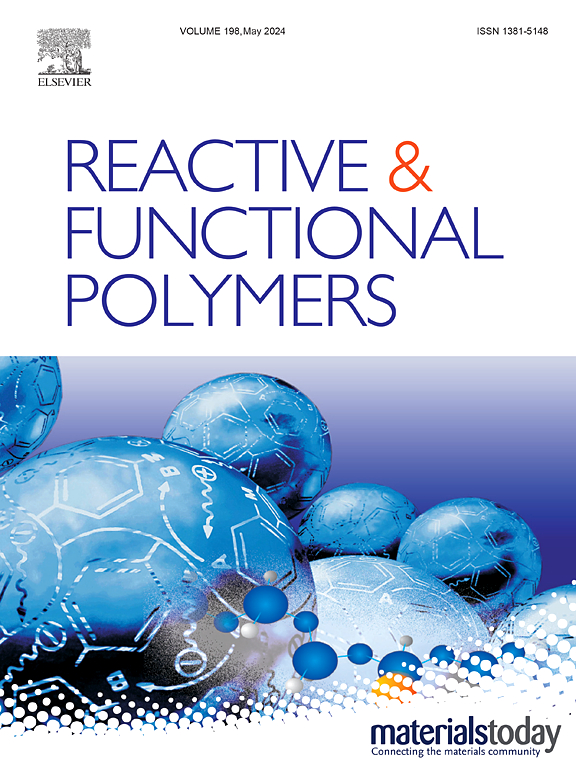Acrylonitrile-styrene–acrylate@ silicone three layers core-shell nanostructure copolymer with excellent impact toughness and highness-strength balance
IF 4.5
3区 工程技术
Q1 CHEMISTRY, APPLIED
引用次数: 0
Abstract
Due to its excellent weather resistance, acrylonitrile-styrene-acrylate (ASA) resin is widely utilized. However, one critical challenge is its unsatisfactory impact property, which restricts its further application. Although various studies have been reported on improving the toughening effect of ASA resin, most of them reduce its strength and modulus. It is difficult to strike a balance between the improved toughening effect and the reduced strength and modulus. Herein, we designed a silicone rubber filled acrylate core to synthesize an acrylonitrile-styrene–acrylate@ silicone (Si-ASA) three-layer core-shell nanostructure copolymer via three-step emulsion polymerization. Introducing ductile silicone rubber into the interior of acrylate rubber microparticles can increase and refine the cavitation of the rubber layer upon impact. Meanwhile, the fibrillation of silicone cores can absorb impact energy and bridge cracks. SEM images demonstrated the formation of the three-layer nanostructure of Si-ASA. The mechanical property results showed that the prepared Si-ASA exhibits a significantly increased impact strength of approximately 19.5KJ/m2, which is nearly twice that of the commercial ASA. Considering the much higher impact property of Si-ASA, this slightly higher of modulus is significant. These indicate that the Si-ASA three-layer core-shell nanostructure copolymer, when applied to ASA resin helps in achieving rigid-tough balanced materials.

求助全文
约1分钟内获得全文
求助全文
来源期刊

Reactive & Functional Polymers
工程技术-高分子科学
CiteScore
8.90
自引率
5.90%
发文量
259
审稿时长
27 days
期刊介绍:
Reactive & Functional Polymers provides a forum to disseminate original ideas, concepts and developments in the science and technology of polymers with functional groups, which impart specific chemical reactivity or physical, chemical, structural, biological, and pharmacological functionality. The scope covers organic polymers, acting for instance as reagents, catalysts, templates, ion-exchangers, selective sorbents, chelating or antimicrobial agents, drug carriers, sensors, membranes, and hydrogels. This also includes reactive cross-linkable prepolymers and high-performance thermosetting polymers, natural or degradable polymers, conducting polymers, and porous polymers.
Original research articles must contain thorough molecular and material characterization data on synthesis of the above polymers in combination with their applications. Applications include but are not limited to catalysis, water or effluent treatment, separations and recovery, electronics and information storage, energy conversion, encapsulation, or adhesion.
文献相关原料
公司名称
产品信息
阿拉丁
sodium bicarbonate
阿拉丁
magnesium sulfate heptahydrate
阿拉丁
Hydroquinone
阿拉丁
potassium persulfate
阿拉丁
dodecylbenzene sulfonic acid
阿拉丁
allyl methacrylate
阿拉丁
Styrene
阿拉丁
butyl acrylate
阿拉丁
sodium dodecylbenzene sulfonate
阿拉丁
3-Methacryloxypropyltrimethoxysilane
 求助内容:
求助内容: 应助结果提醒方式:
应助结果提醒方式:


